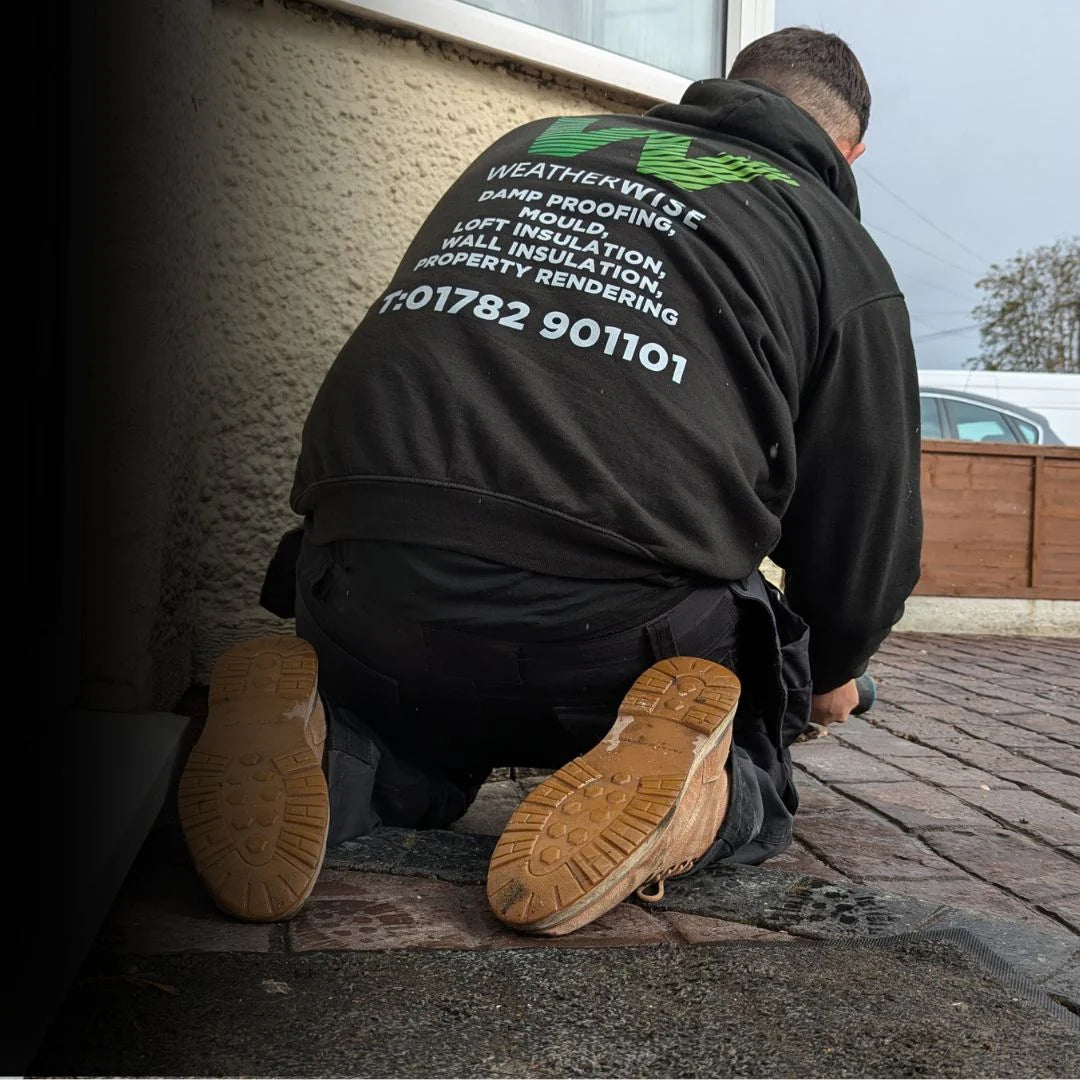Rising damp is a concern for many homeowners in Crewe — but not every case is as it seems. One of the most commonly misdiagnosed causes is bridging plaster. This issue arises when internal plaster extends below the damp proof course (DPC), allowing moisture from the ground to bypass the protection and appear on interior walls.
What Is Bridging Plaster?
Bridging occurs when old or thick plasterwork makes contact with the floor or external wall material beneath the DPC level. This allows capillary moisture to bypass the DPC altogether. It creates symptoms that closely mimic rising damp — damp patches, peeling paint, even mould — leading to unnecessary DPC injections or expensive treatments.
Signs of Bridging Plaster
-
Persistent dampness along the base of interior walls
-
Damage limited to skirting height or below
-
No signs of salt contamination (a key difference from true rising damp)
-
DPC is present and intact, but still experiencing damp symptoms
How to Resolve It
In most bridging cases, the solution is straightforward:
-
Remove the affected plaster just behind the skirting boards or to the necessary height to eliminate contact with damp zones
-
Install a vapour-permeable plaster system such as those offered by PAM Ties
-
Ensure proper airflow and consider ventilation upgrades if condensation is also contributing
There is no need to remove plaster to a full metre height — only enough to sever the contact that allows moisture to track upwards.
Can a Guarantee Still Be Issued?
Yes. When bridging is identified, Weather Wise Solutions Limited can update your DPC and provide an insurance-backed guarantee at no extra cost, ensuring lasting protection and peace of mind.
As certified members of the Damp Proofing Association and Federation of Damp, all our work meets recognised industry standards.
📞 Need Help with Damp Walls in Crewe?
Avoid unnecessary treatments — get the right diagnosis first.
Book a Free Survey for your Home here with Weather Wise Solutions Limited – your trusted local damp proofing experts.



